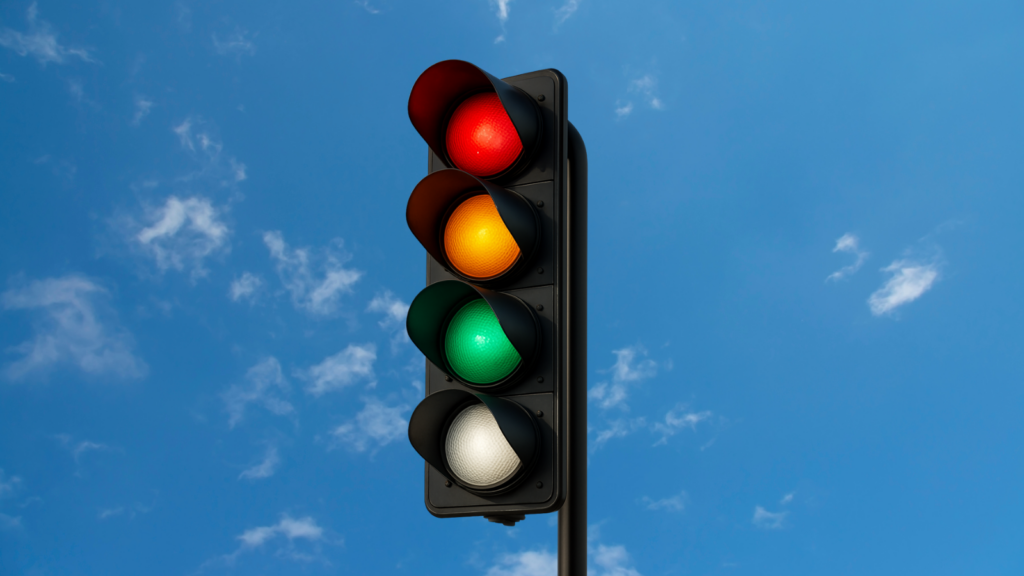It may sound like something out of a sci-fi movie, but traffic lights in the United States could soon feature a brand new color. Researchers at North Carolina State University have proposed a fourth signal, a white light designed to help manage intersections crowded with autonomous vehicles. Unlike some existing variations in other countries, this signal isn’t just cosmetic; it represents a fundamental shift in how human-driven and self-driving cars communicate and cooperate to keep traffic flowing safely.
Some readers might be wondering if Canada already has a fourth traffic light. While Canadian provinces do use white lights in certain specialized signals, for example, transit priority signals for buses or streetcars, these aren’t part of the standard red-yellow-green system. The proposed U.S. white light is a new concept specifically designed to coordinate autonomous vehicles, and it hasn’t been implemented in Canada yet.
The Birth of the Idea
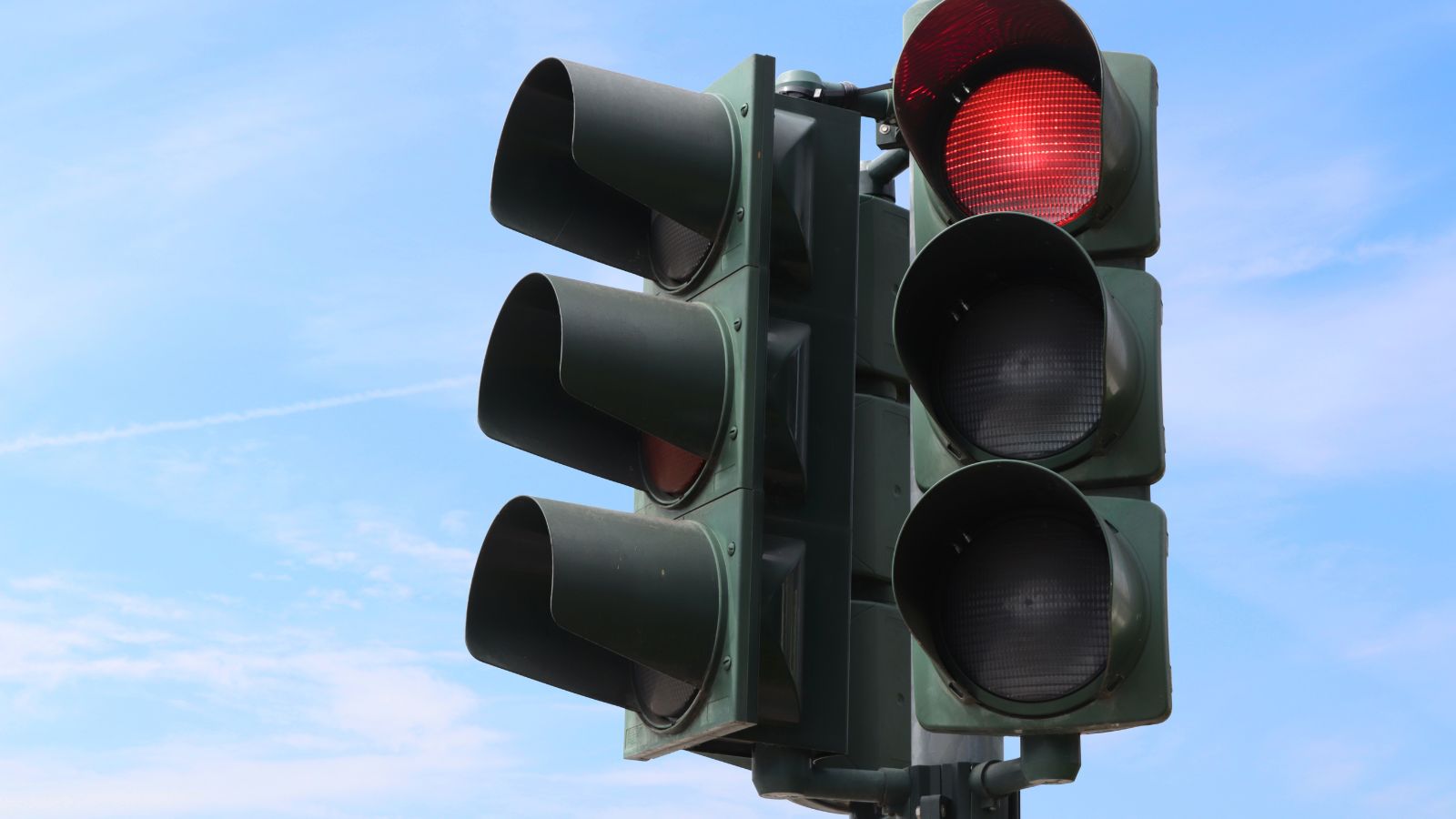
Traffic lights have been around since 1914 when Cleveland, Ohio introduced the first electric red and green signals. The system hasn’t really changed since the yellow light was added in 1920. Now, more than a hundred years later, researchers are saying it’s time for an upgrade. The introduction of autonomous vehicles creates a challenge the original inventors never envisioned, and the white light could be the answer.
Why Add Another Color

The push for a fourth light isn’t about adding complexity. It’s about removing confusion. The white light would be a simple signal telling human drivers that autonomous vehicles are in control of the flow at that intersection. This change means human drivers won’t have to second-guess themselves—they just follow what the cars ahead are doing, trusting that the AVs are coordinating in the background.
How the White Light Would Function
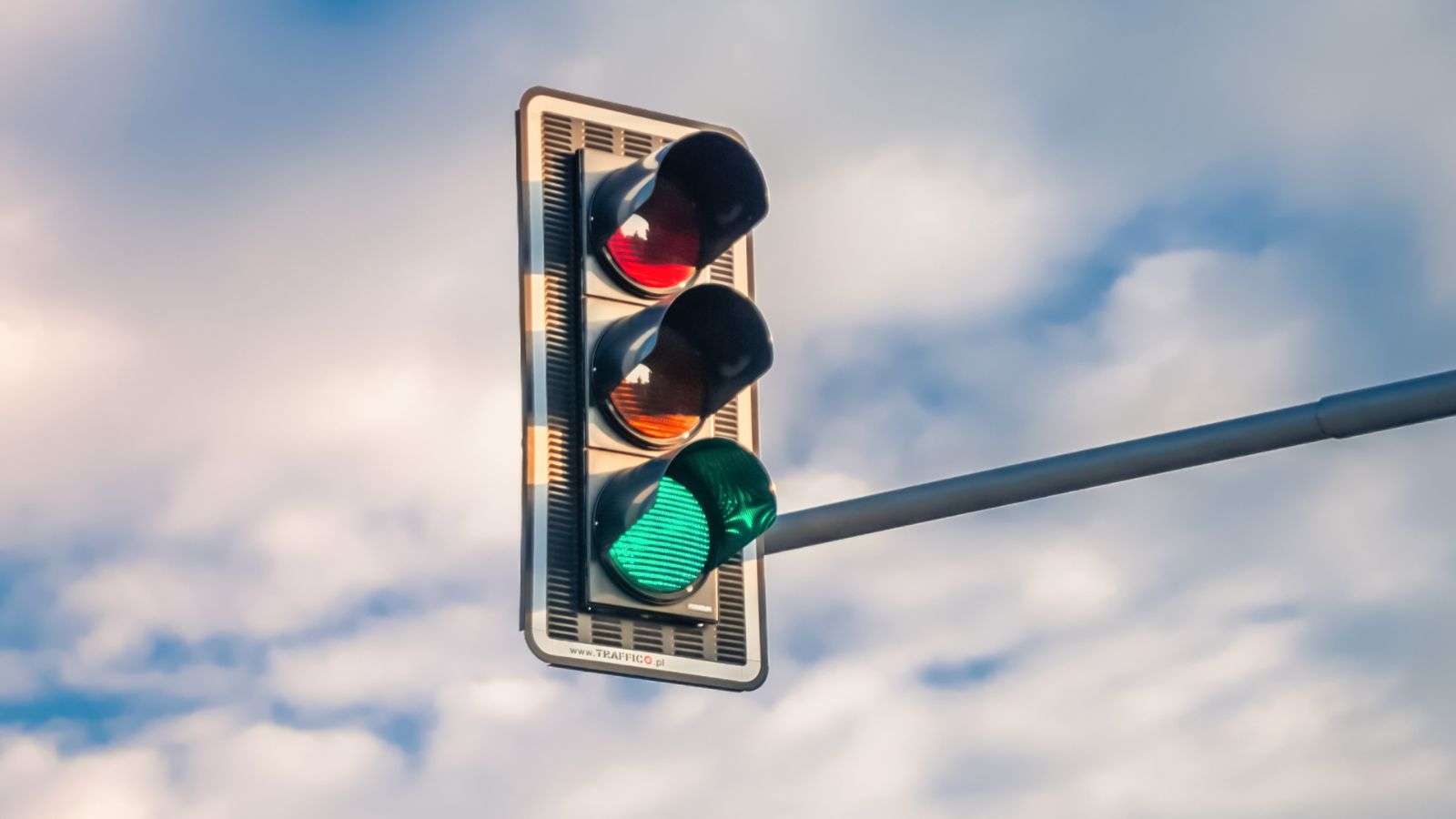
The system only activates when enough AVs are present at an intersection. These cars talk to each other wirelessly and then communicate with the traffic light. At that point, the signal switches to white. For human drivers, the message is straightforward: do what the car in front of you does. If it moves forward, follow. If it waits, you wait too. The result is a more synchronized and efficient movement of vehicles through intersections.
Technology Behind the Concept

The backbone of this idea is vehicle-to-everything (V2X) communication. AVs can already share speed, location, and direction data with each other. By linking that information to traffic lights, intersections essentially become intelligent hubs. Instead of a fixed timer or a motion sensor, the entire intersection reacts dynamically to real-time data. It’s the next logical step in the smart city movement.
Cutting Down on Traffic Jams
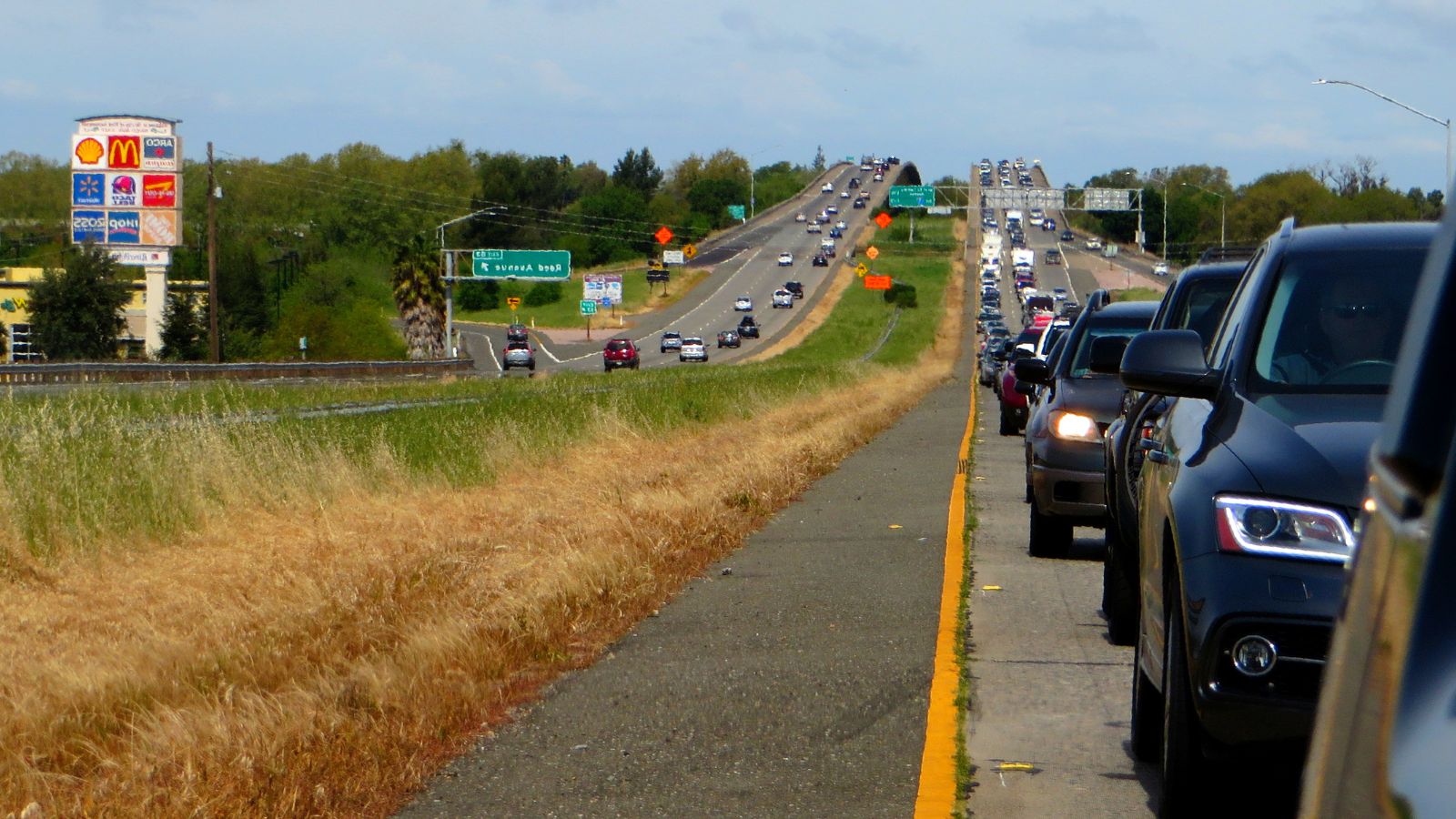
Stop-and-go traffic is one of the biggest causes of congestion in urban areas. With the white light system, AVs can smooth out the flow by reducing unnecessary stops. Human drivers would simply fall into line, reducing hesitation and erratic braking. In tests run by NC State, simulations showed that overall traffic efficiency improved significantly, with fewer delays and more consistent movement.
Environmental Benefits
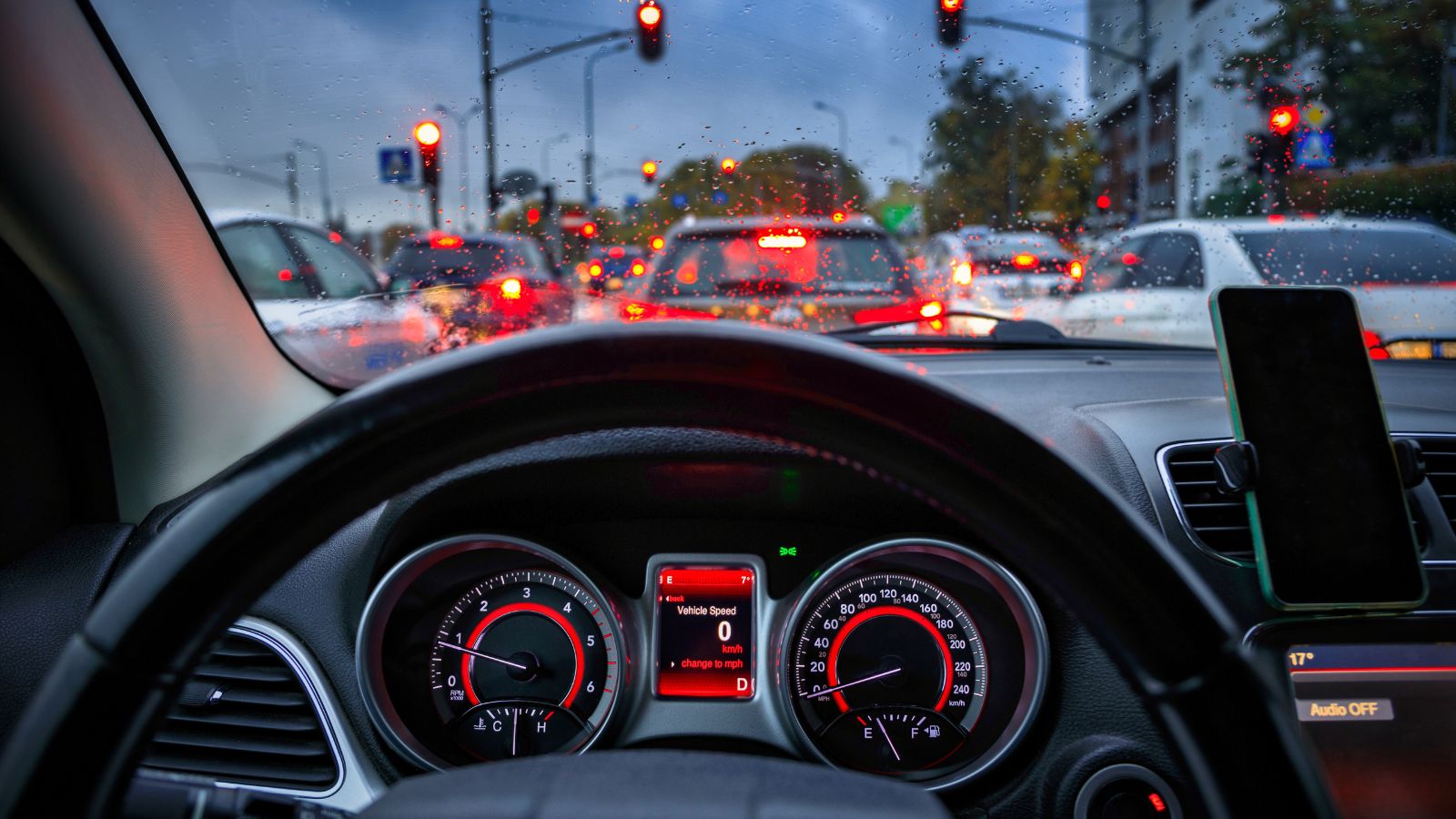
Smoother traffic isn’t just good for drivers’ nerves—it’s good for the planet. Every time cars stop and accelerate again, they burn extra fuel and pump out more emissions. With a white light system allowing AVs to optimize traffic flow, idling is reduced, fuel economy improves, and emissions drop. For cities aiming to hit strict environmental targets, that’s a major upside.
Human Drivers in the Loop

One concern is that people may feel uncomfortable letting machines lead the way. The beauty of the white light system is that it doesn’t ask drivers to make a new decision, just to mimic the cars in front. That simplicity lowers the learning curve. Over time, just as drivers adjusted to the arrival of roundabouts or turn lanes, they’d likely adapt quickly to the new system.
The Safety Debate
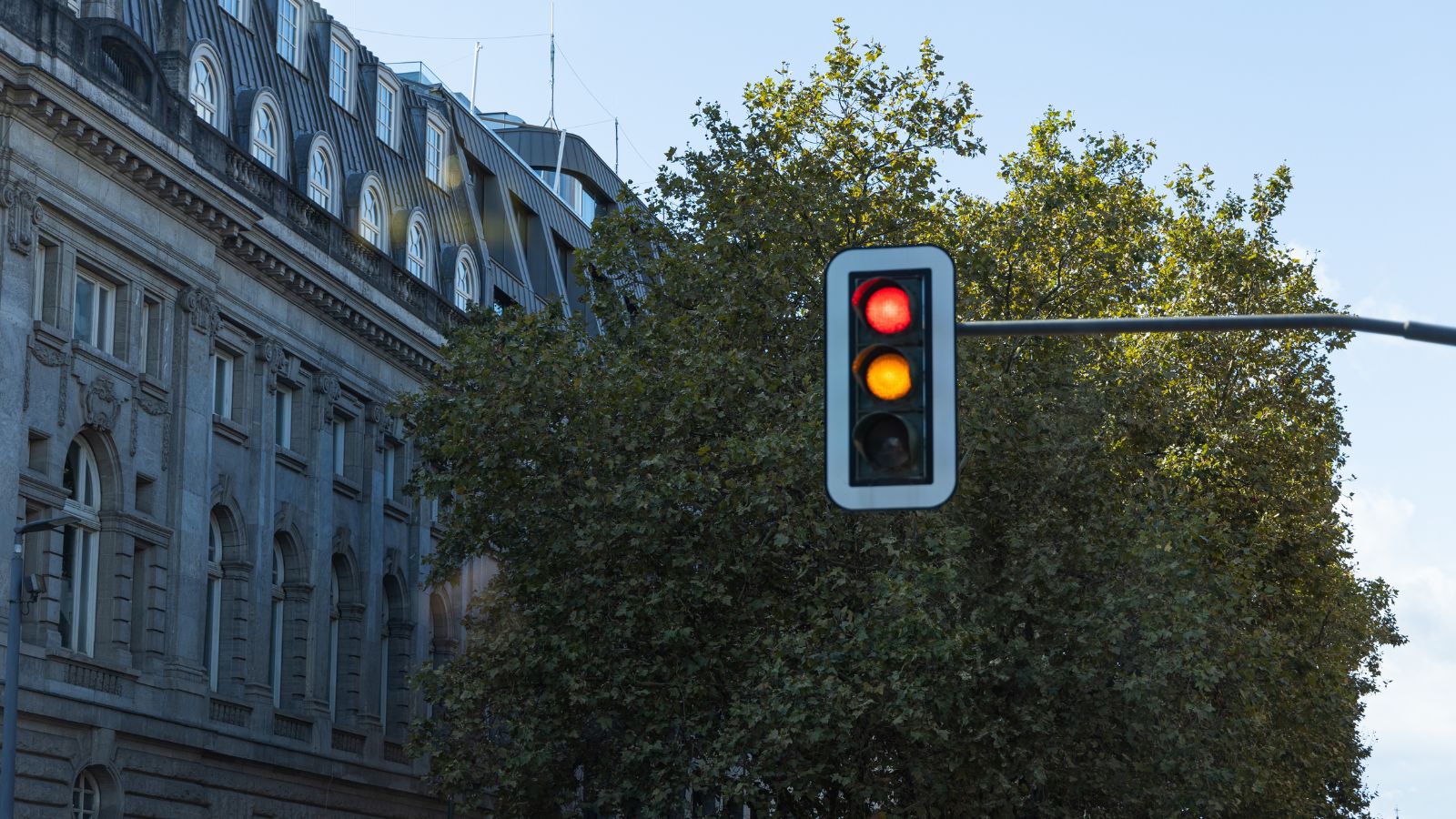
Safety remains the biggest sticking point. Will people trust AVs to make decisions in busy intersections? What happens if a human driver panics or ignores the white light? Researchers argue that by reducing hesitation and keeping cars in sync, accidents may actually drop. Still, it will take years of testing and real-world data before regulators sign off on such a large change.
Challenges of Mixed Traffic

Another issue is mixed environments where only a handful of AVs are present. In those cases, the system would simply fall back to the traditional red, yellow, and green cycle. This ensures rural roads and small towns without significant AV presence won’t be left scratching their heads. The white light would only be triggered in urban areas or places where autonomous cars are common.
A Massive Legal Undertaking
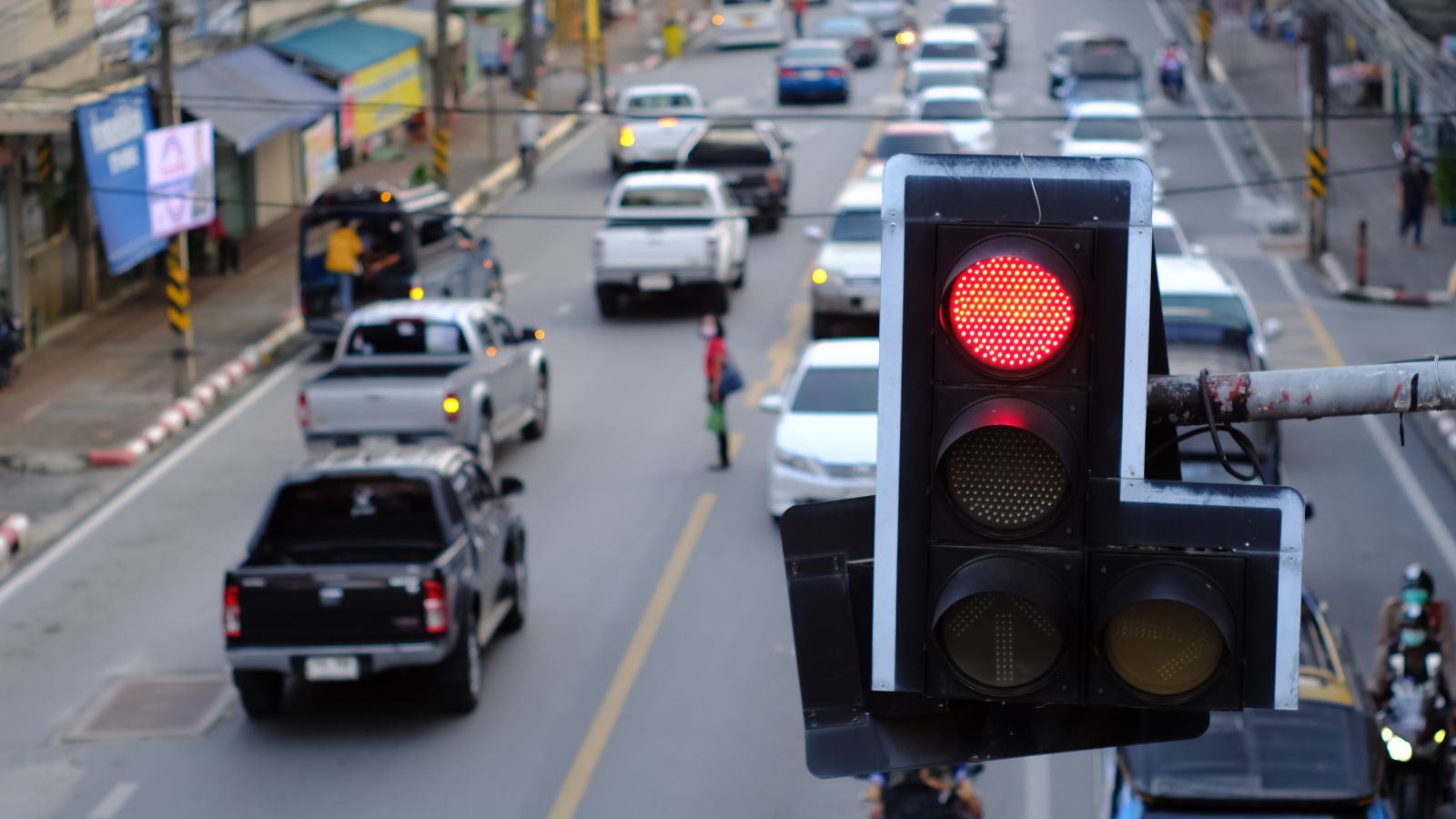
Changing the colors of traffic signals isn’t as easy as swapping out bulbs. Traffic laws would have to be rewritten nationwide. Driver’s license manuals would need updates. Every state would need to standardize how the white light works. That’s an enormous task, but not an impossible one, given how states already unified around previous safety laws such as seat belts and drunk driving enforcement.
The Role of Education
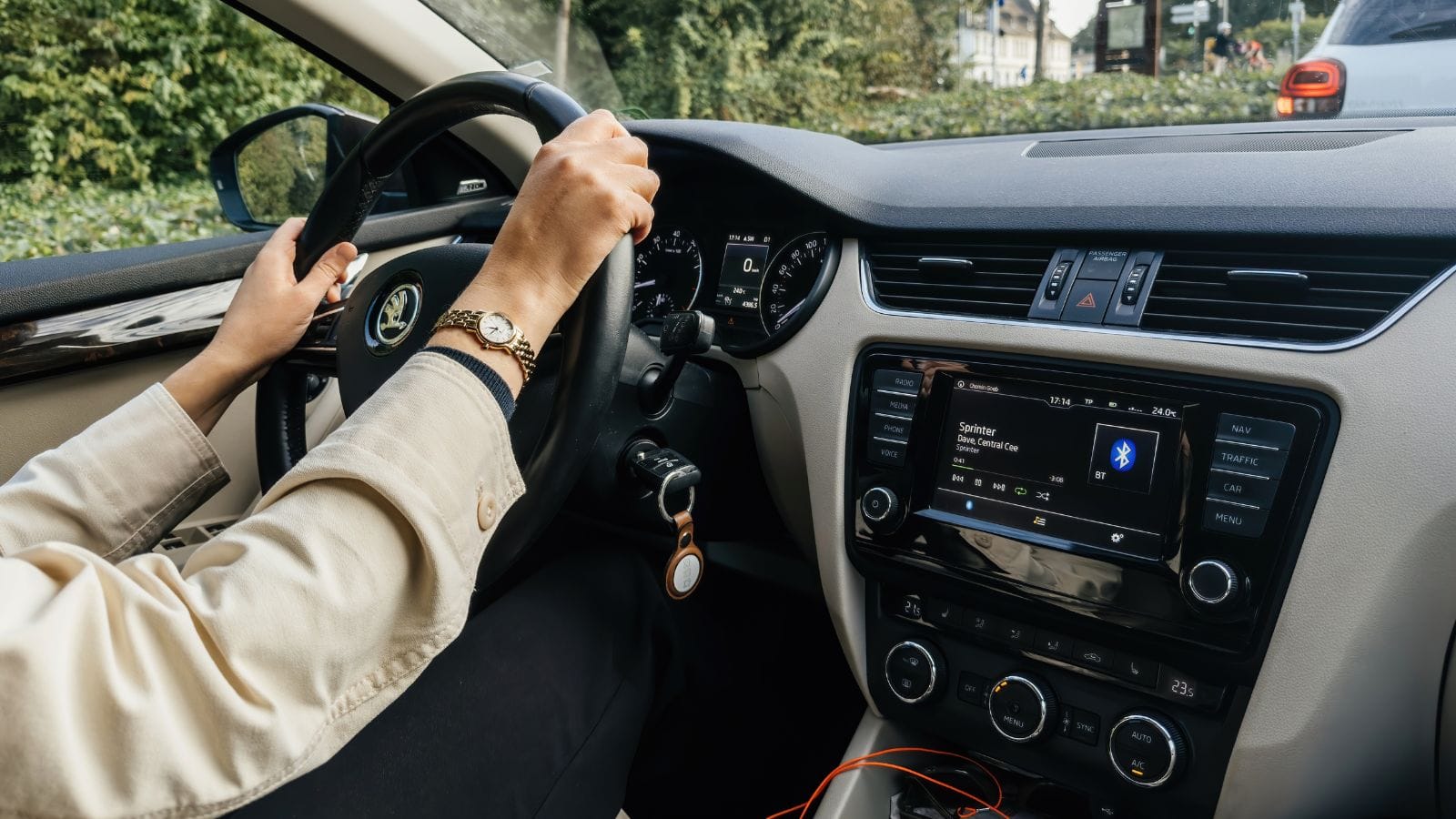
Public education campaigns would be crucial. Drivers would need to know exactly what the white light means before it appears on real intersections. Expect billboards, commercials, and even test questions in DMV exams explaining that white means “let the AVs lead.” Without that, confusion could create more harm than good.
International Parallels
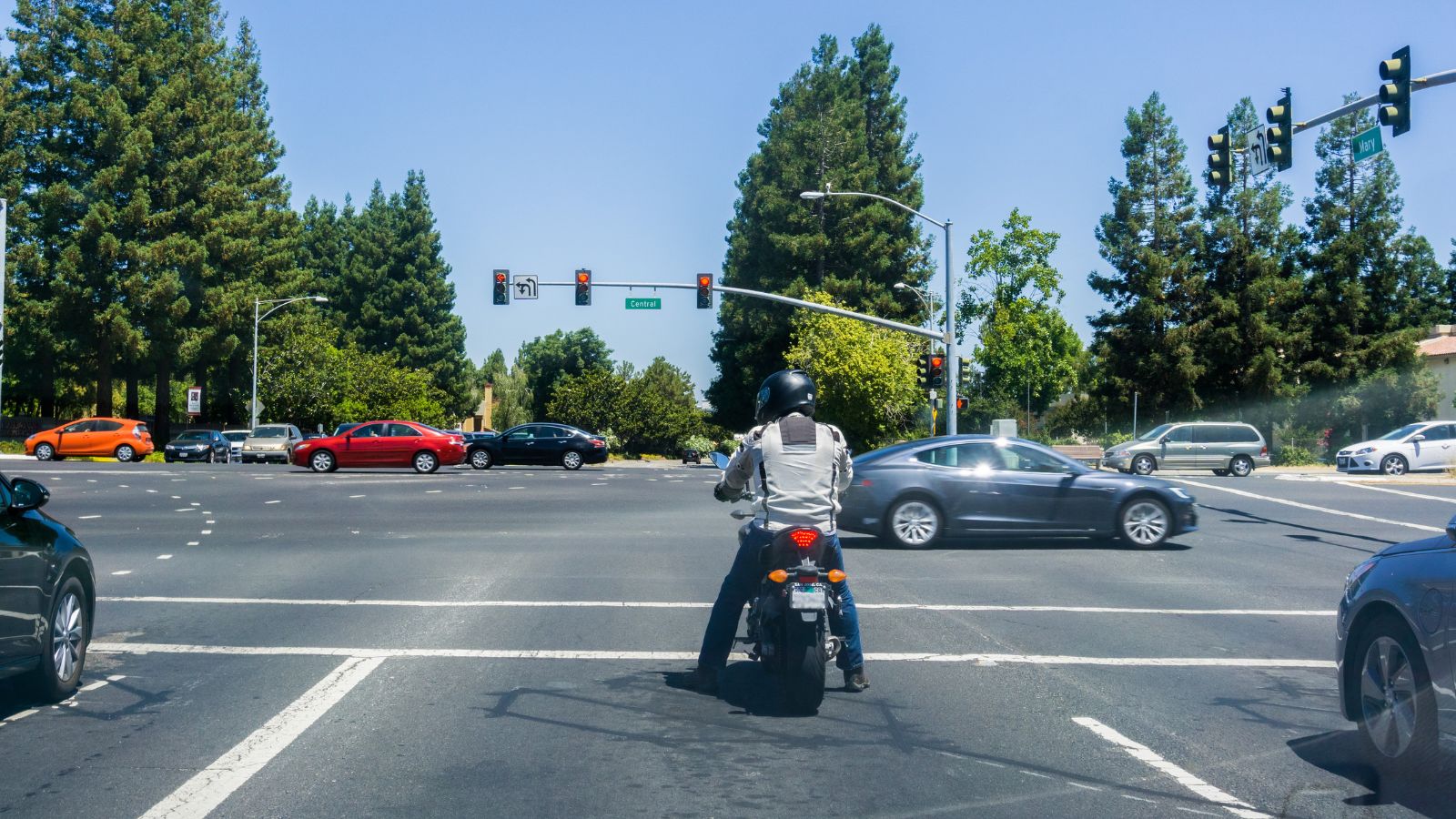
Other countries are exploring similar concepts. In Europe, experiments are being run with “smart intersections” where AVs communicate directly with signals. Some researchers in Germany have even floated the idea of a blue light instead of white. While the U.S. proposal is unique, it reflects a global recognition that our century-old traffic system is straining under modern demands.
Simulation Studies and Findings
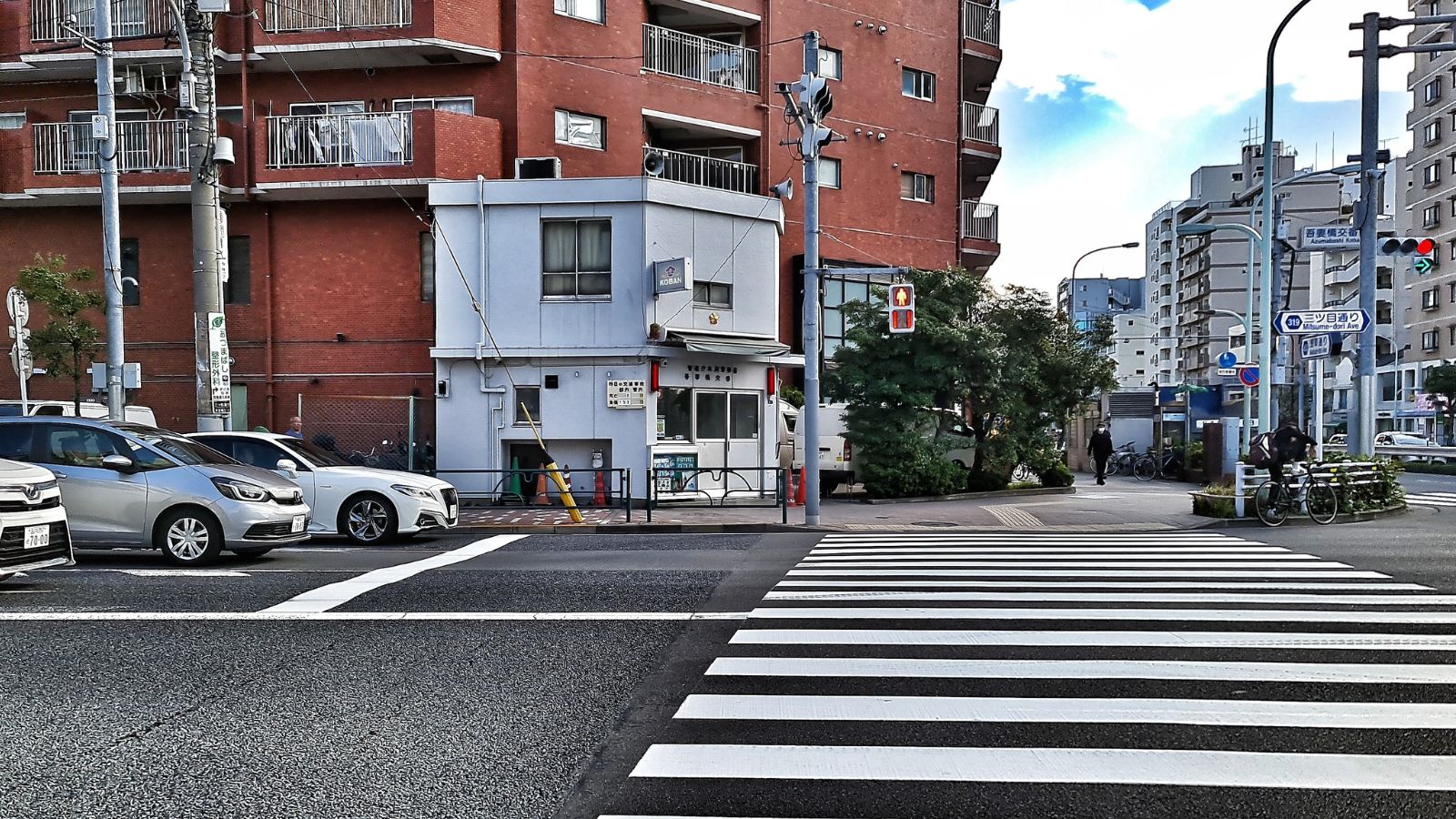
The NC State team ran computer simulations with thousands of vehicles moving through intersections. The results showed improvements in efficiency ranging from 10 to 30 percent depending on traffic volume. That may not sound huge, but in cities with heavy congestion, a 20 percent improvement could mean saving thousands of hours in collective commute time every year.
Cost of Implementation

Upgrading infrastructure won’t be cheap. Cities would need to install new signal heads, update software, and build communication links between AVs and intersections. The cost will run into billions nationwide. But supporters argue that the savings in fuel, time, and reduced accidents could more than offset the investment over the long run.
The Timeline for Adoption
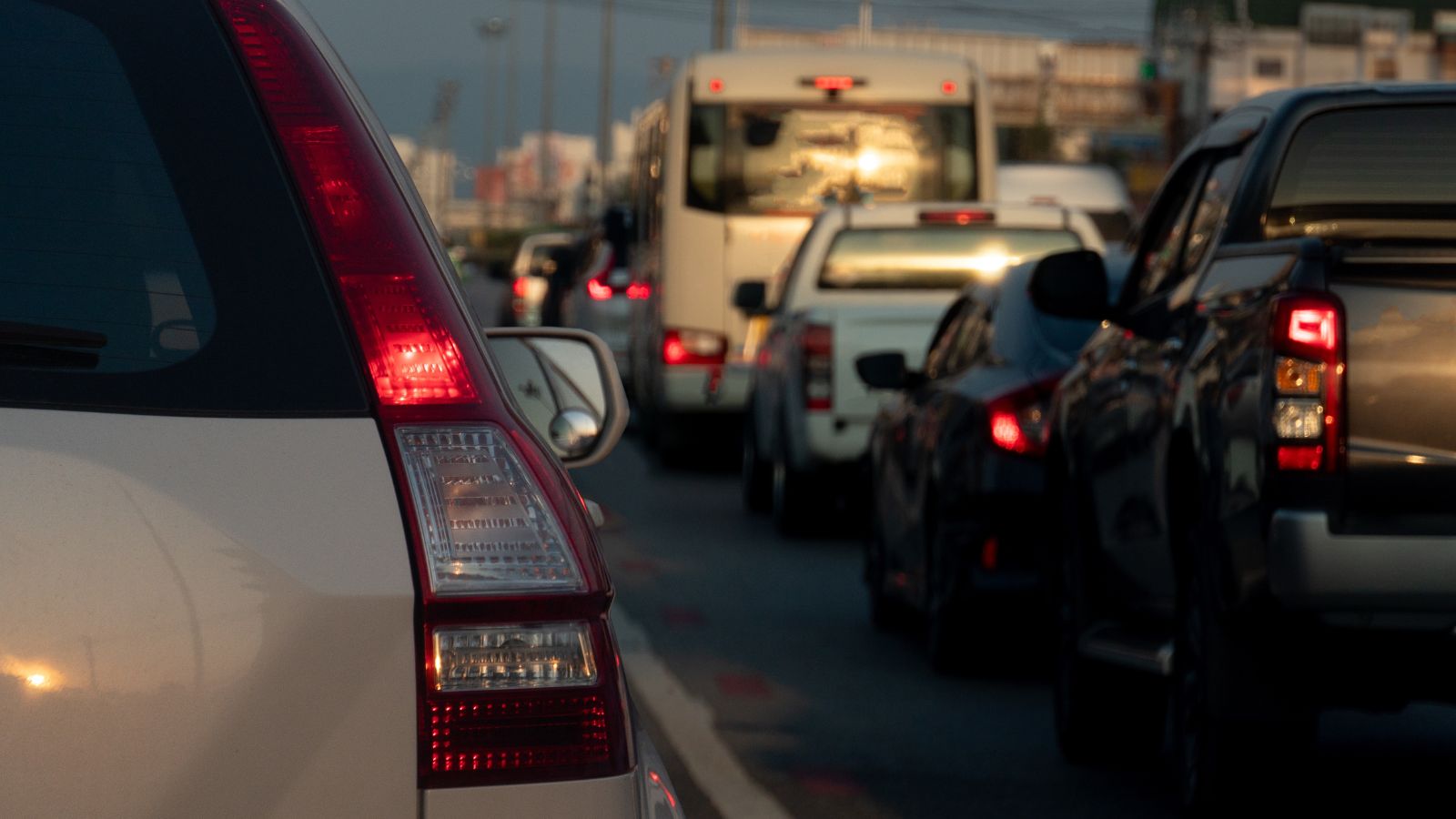
Even if the white light proves effective in pilot programs, widespread rollout will take years. At best, it could start appearing in test cities within the next decade. From there, adoption would spread slowly, likely following the growth of AV ownership. Realistically, drivers in smaller towns may not see a white light until well into the 2040s.
The Role of Car Manufacturers
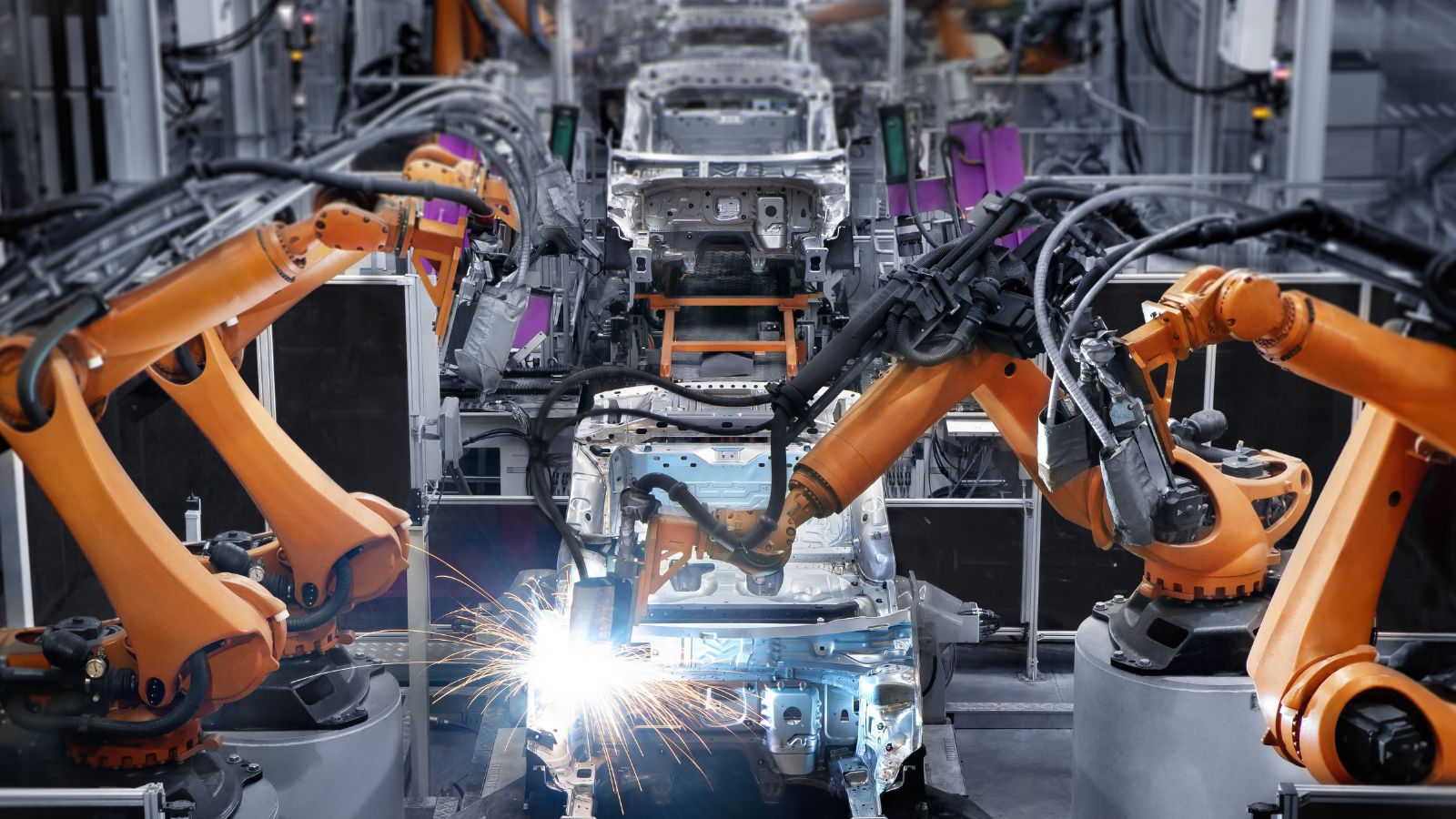
Automakers will play a major role in making the system work. For AVs to communicate with traffic lights, they must be equipped with the right software and hardware. Many modern cars already have basic V2X technology, but it will need to become standard before the white light system can reach full potential.
How It Changes Driving Culture
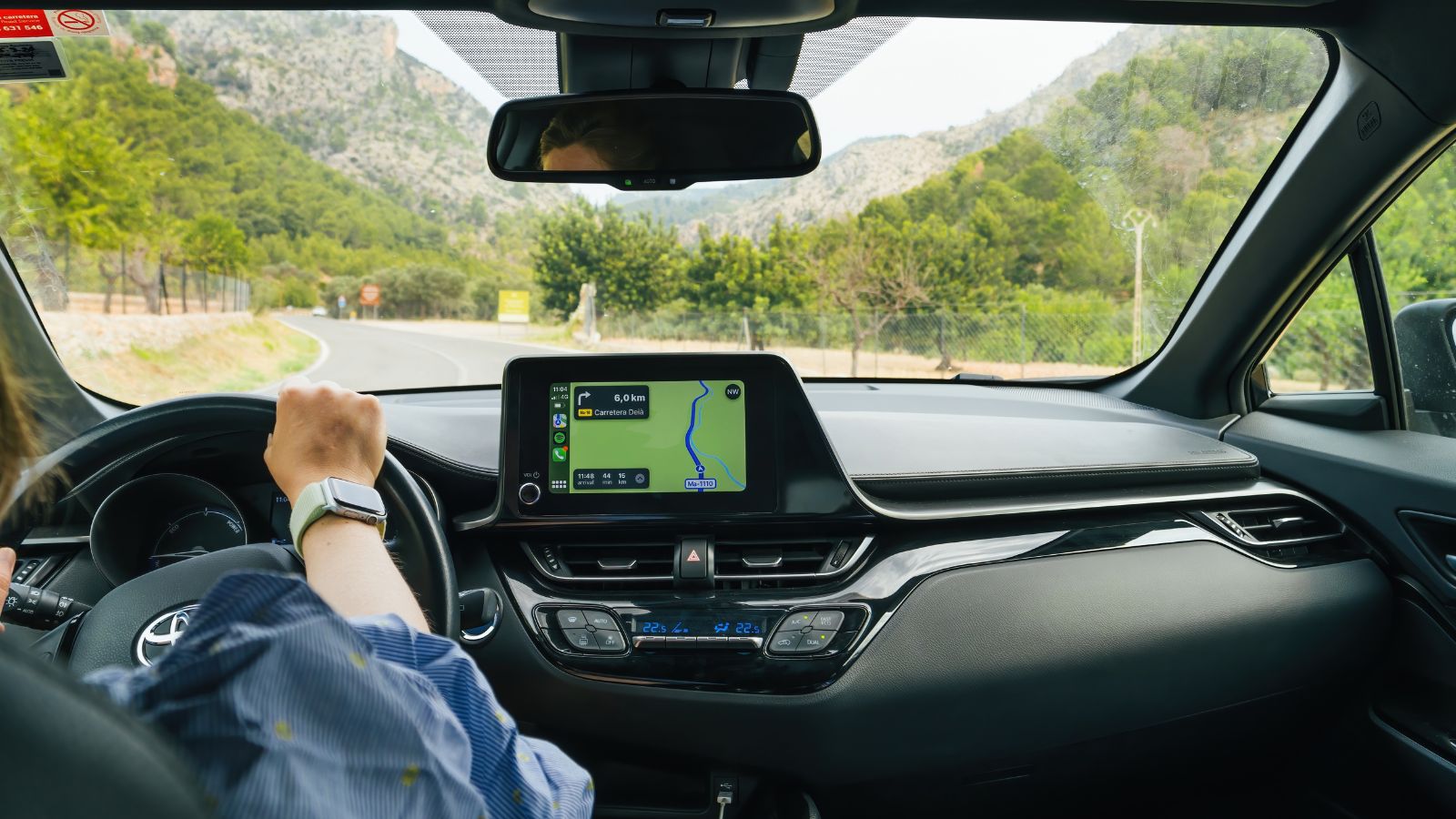
This shift represents more than technology—it’s a cultural change. Driving has always been a human-led activity. A white light acknowledges that machines may sometimes be better suited to make traffic decisions. That can be a tough pill to swallow, especially for Americans who value independence behind the wheel. But if it makes roads safer and less frustrating, acceptance may come faster than expected.
Looking Ahead

While the white light is still a concept, its proposal underscores how quickly technology is changing transportation. Just as electric cars and ridesharing apps reshaped the way we think about mobility, a fourth traffic light could redefine intersections. It’s a reminder that the roads of the future won’t just look different—they’ll behave differently too.
A Step Toward the Future

If it succeeds, the white light will mark one of the biggest changes in traffic control in over a century. It would stand as a symbol of collaboration between humans and machines, blending old-school driving with next-generation automation. Whether drivers embrace it eagerly or reluctantly, it may become the new normal on U.S. streets within a generation.
25 Facts About Car Loans That Most Drivers Don’t Realize

Car loans are one of the most common ways people fund car purchases. Like any other kind of loan, car loans can have certain features that can be regarded as an advantage or a disadvantage to the borrower. Understanding all essential facts about car loans and how they work to ensure that you get the best deal for your financial situation is essential. Here are 25 shocking facts about car loans that most drivers don’t realize:
25 Facts About Car Loans That Most Drivers Don’t Realize
